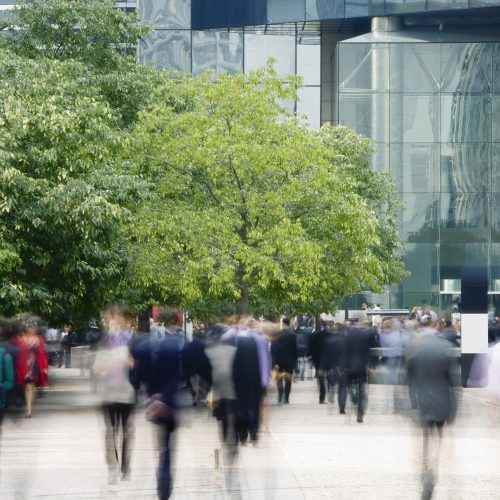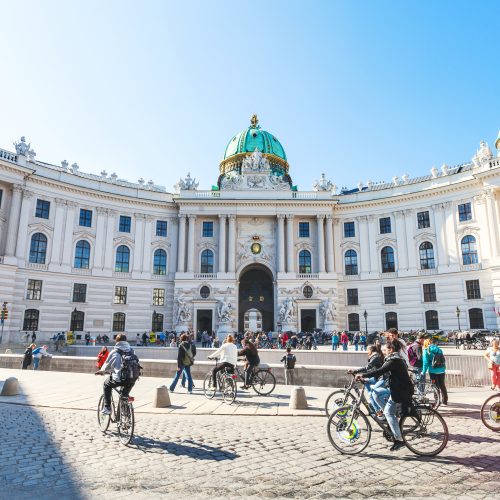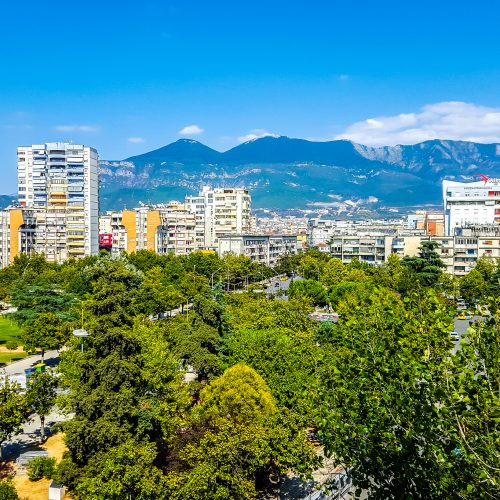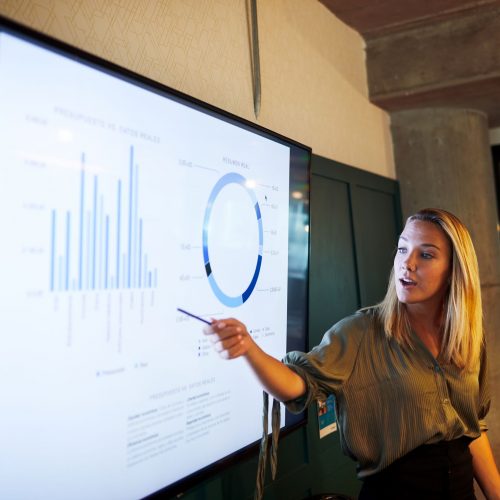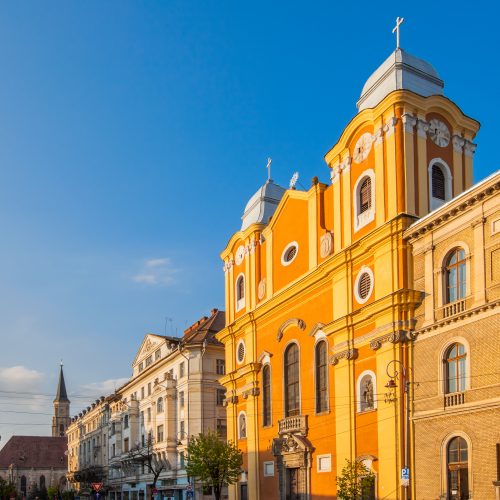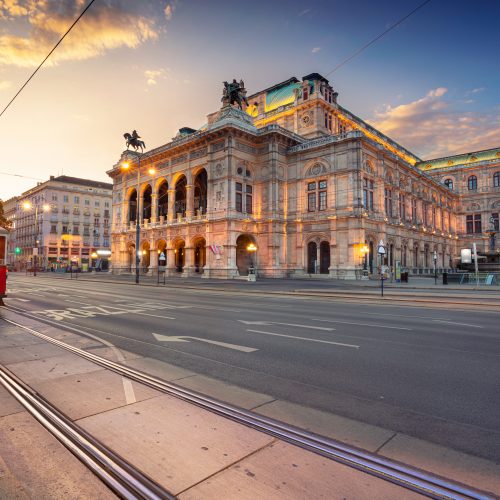Context and policy overview
In recent years, participatory budgeting (PB) has gained popularity as a tool to increase transparency in public spending and allocate resources more efficiently, all the while including citizens in municipal decision-making. Under the leadership of Mayor Anne Hidalgo, PB was launched in Paris with the aim of achieving these goals.
Citizen engagement played a defining role in the local politics of Paris. In the early 2000s, social dissatisfaction with the low levels of political engagement was widespread in Paris and in France more broadly.[1]
Former Mayor of Paris Bertrand Delanoë, with whom Hidalgo worked, was instrumental in launching the “counseils de quartier”, or citizen councils, in Paris to increase citizens’ involvement in decision-making and bridge the perceived gap.
In 2014, after her electoral victory, Mayor Hidalgo instituted numerous initiatives, including the citizens’ council to engage people living in the “quartiers populaires”, the low-income neighbourhoods, designated by the Mayor’s office.
PB was thus one of many tools deployed by the City Hall to further engage its citizens in municipal decision-making and was intended to serve as a tool to allocate resources to priorities identified by the citizens themselves.
Implementation
Based in the Vice-Mayor Office for Local Democracy, Citizen Participation, Civil Society, Youth and Employment, a team of nine permanent public servants oversees the implementation of PB.[2] The staff then connects with 50 focal points operating across different sections of the City of Paris’ administration.
In addition, a PB steering committee brings together representatives from key directorates to meet every other week, which helps streamline the internal communication process.[3]
The PB implementation cycle comprises five stages:
- Project submission
Citizens can submit projects that fulfil the following criteria: 1) be deemed as contributing to the common good; 2) address an area of competency of the municipal government; 3) be a capital expense; and 4) be submitted by a resident of Paris.[4] Projects can be submitted by all residents of Paris, regardless of age or citizenship status, using “Mon Paris”, a proprietary app. The City Hall also offers public meetings, helpdesk sessions and workshops to help citizens refine their projects.
- Project study
After submission, each project is reviewed to assess both its admissibility and its feasibility.
- Project regrouping and evaluation
Projects deemed similar are grouped together and evaluated by an ad hoc commission, which includes both technical experts and community members. [5]
- Voting
Citizens vote on the projects by using the “Mon Paris” app or by casting their ballots at one of 200 designated voting stations across the city.[6]
- Implementation of the winning projects
Winning projects are selected based on the number of votes they receive, and their financing is then agreed upon during a session of the City Council of Paris.
After this, City Hall takes over their implementation in its entirety. Occasionally, depending on the nature of the project, the community members or organisation which suggested the project might be involved in its implementation. All citizens can access information on the implementation status of each selected project on the proprietary website for PB.
Communication around this initiative is streamlined across the pre-established communication channels of the City of Paris, which include popular social media like Facebook and Twitter, and also offline media like posters. Participants are encouraged to share information about their projects on their personal social media channels as well.[7]
Barriers and critical success factors
Paris’ experiment with PB attracted criticism because of its shortfall in truly engaging a representative number of citizens. While the number of people participating has consistently increased since the project’s inception, only a relatively low share of the population – 10 per cent in 2019, its most successful year – actually partook in the voting.[8]
In addition, the City Hall has also received criticism for the costs associated with some of the individual projects, deemed by some as excessive vis-à-vis the benefit provided to the intended beneficiaries.[9] The City Hall has justified these costs by stating that cost estimations are based on standard estimations made for services provided by the City Hall, but scepticism remained.
The design of the initiative itself allowed citizens to submit their own projects, with little technical support and irrespective of City Hall’s strategic priorities. Because of this, ineffective projects were voted in and implemented, attracting further criticism regarding the inefficiencies generated by this form of fund allocation.
Despite the criticism, the initiative also presented some unique features and success factors. First, PB was one of many initiatives aimed at increasing citizens’ involvement and understanding of municipal decision-making. As such, it is not a stand-alone initiative and is cohesively integrated with other services.
Furthermore, the project was spearheaded by a mayor who won two consecutive elections and ran campaigns centred around citizen participation, transparency and open government solutions for inclusive and green cities. As such, there was already an appetite among the inhabitants of Paris to engage with these projects and an underlying desire to see PB improved and refined.
Results and lessons learned
In light of the criticism waged against the programme, after her re-election in 2020, Ms Hidalgo announced several substantial changes to the structure of the initiative.[10] In the new iteration of the programme, all submitted projects will have to adhere to the themes selected by the City Hall.
The funding allocated through PB will also be reduced by 70 per cent, despite her earlier campaign promise to increase it.[11] So, while in 2019 it accounted for 5 per cent of capital investments in the City of Paris, it will now only cover around 3.5 per cent.
Lastly, voting will only be available to citizens in possession of a “carte citoyenne”, a document attesting their status as residents of Paris.
The newly introduced changes point to the fact that the City of Paris is committed to refining the structure of the programme to meet the expectations of its citizens and the objectives of PB, namely the efficient allocation of municipal resources.
Indeed, despite the aforementioned criticism related to costs and inefficiencies, PB was gaining popularity year after year, both in terms of volume of projects submitted and of citizens engaged in voting, thus pointing to the fact that modifying the programme could be an effective strategy.
In the first iteration of PB in Paris, several hundred projects were selected for implementation. In 2019 alone, a total of 2,084 projects were submitted and 196 selected to be implemented by the City Hall.[12] Of these, a third were classified as affecting low-income neighbourhoods.[13]
Furthermore, 231,822 people participated in the voting, 10 per cent more than the preceding year. The implemented projects address numerous thematic areas, ranging from sports and recreation to education and youth, to cultural activities.
Of the 2,675 projects approved as of January 2021, 5.3 per cent are classified as contributing to environmental goals, 1.6 per cent address transportation and mobility, and 0.8 per cent address urban pollution.
Beyond the capital investments, PB had a positive impact on the organisational capabilities of City Hall’s administration.[14] The directorates in charge of implementing selected initiatives have learned to set up projects faster and with more collaboration across different units.
Implementing these projects also allowed the City Hall to co-implement initiatives with grassroot organisations. For instance, an application for migrants was designed with community-based organisations that specifically work with migrants, in order to create a final product that matches the needs of its intended user base.[15]
The implementation of PB in Paris provides insights into key lessons for urban leaders seeking to incorporate this engagement tool into their policies. These include:
- The principle of transparency should be embedded in all stages of the PB process and arrangements should be made to ensure that all citizens have equal access starting at the project submission stage.
- PB should be designed so that the list of projects to be voted on only includes initiatives that can create value and constitute an efficient use of municipal resources.
- A pilot project, covering a contained number of projects and a relatively small share of the budget, can be used to iron out implementation challenges at a larger scale.
- In Paris, PB was launched in tandem with other initiatives aimed at increasing engagement and promoting transparent and inclusive decision-making. Integrating PB into a broader set of inclusive policies can make it more effective.
- Scaling up programmes too quickly without appropriate programme evaluation and oversight can lead to pushbacks. In order to avoid this, decision-makers should be encouraged to scale up their programmes progressively to have enough time to evaluate the effects of the projects implemented.









